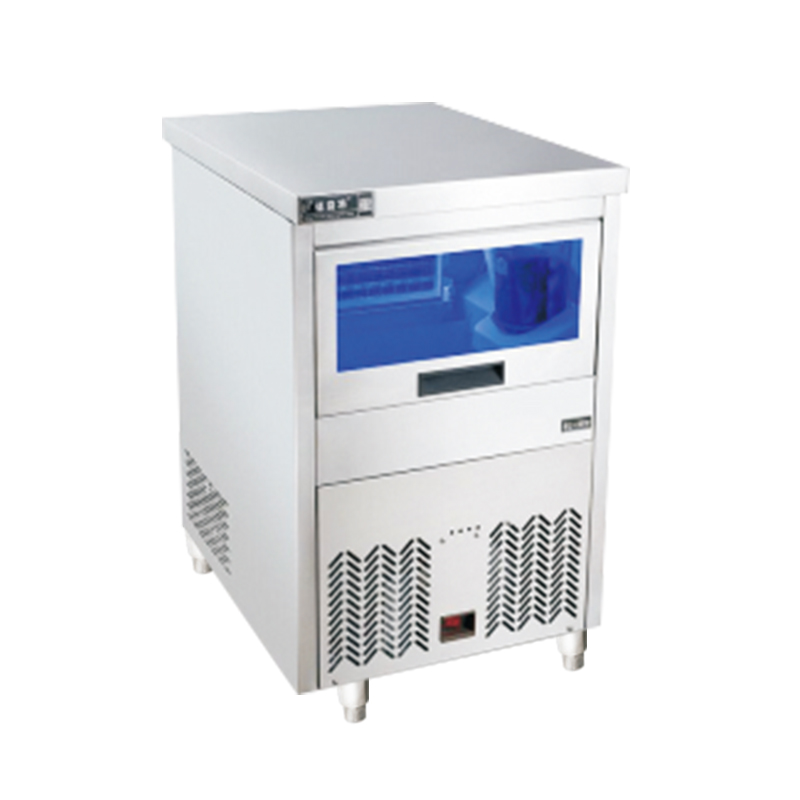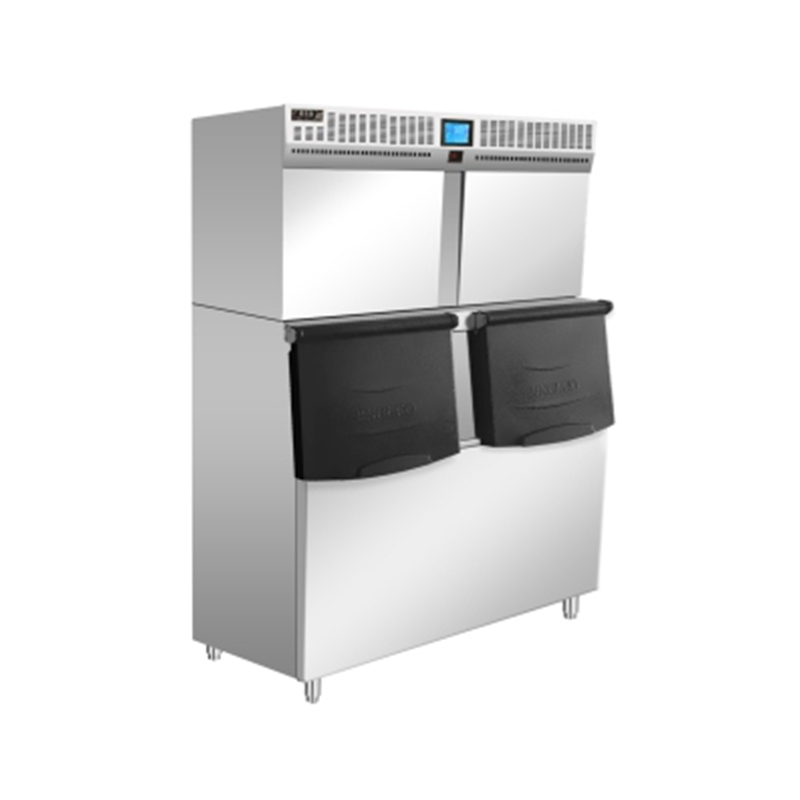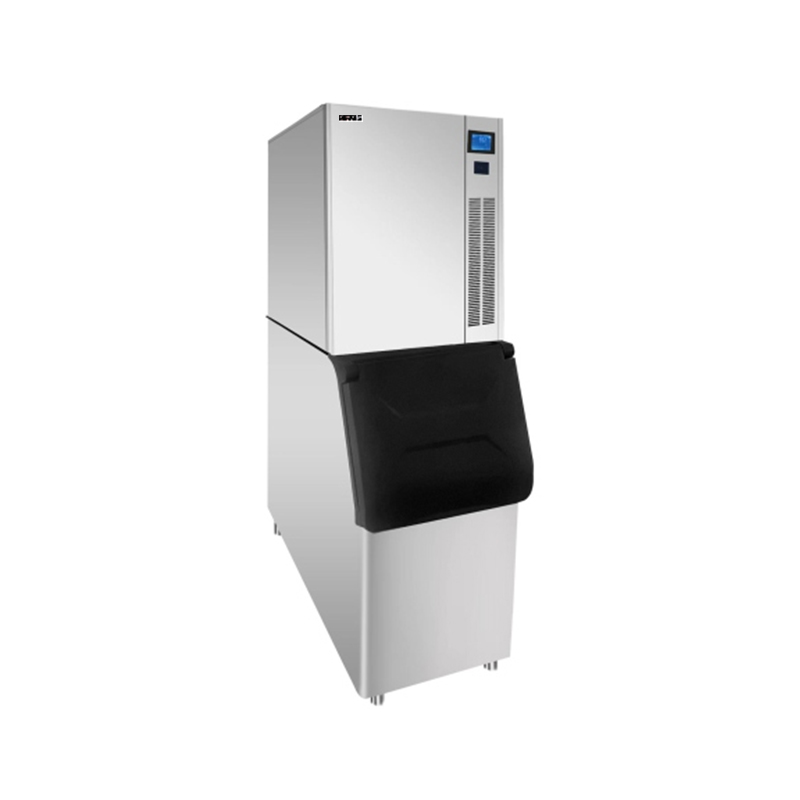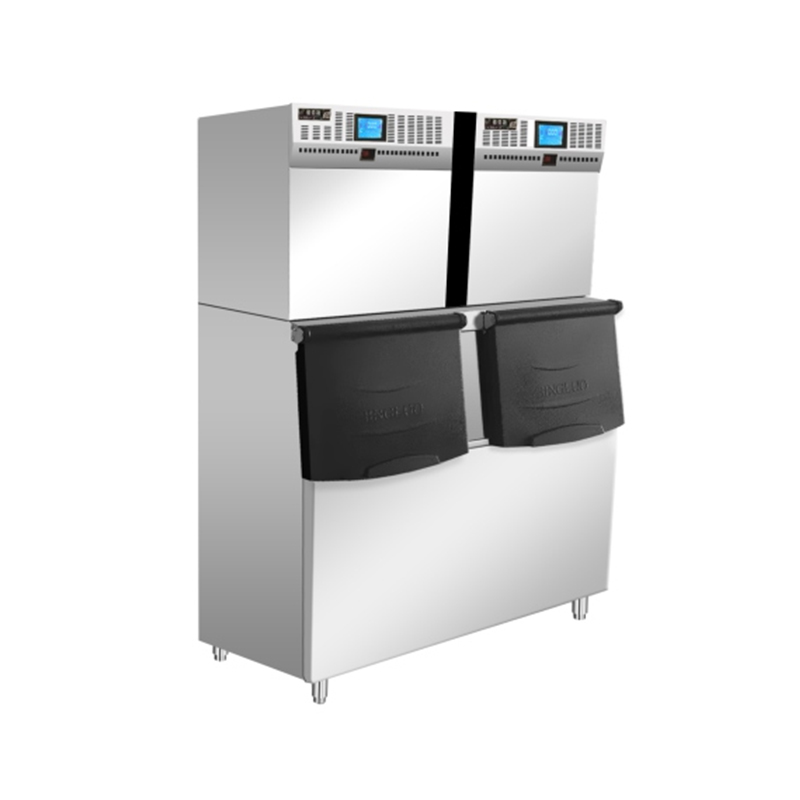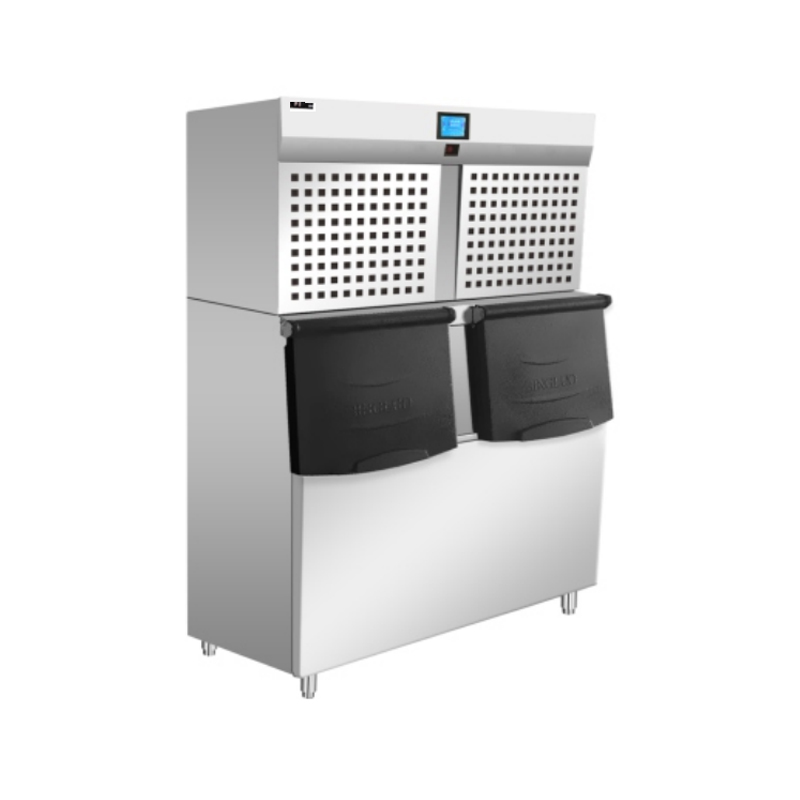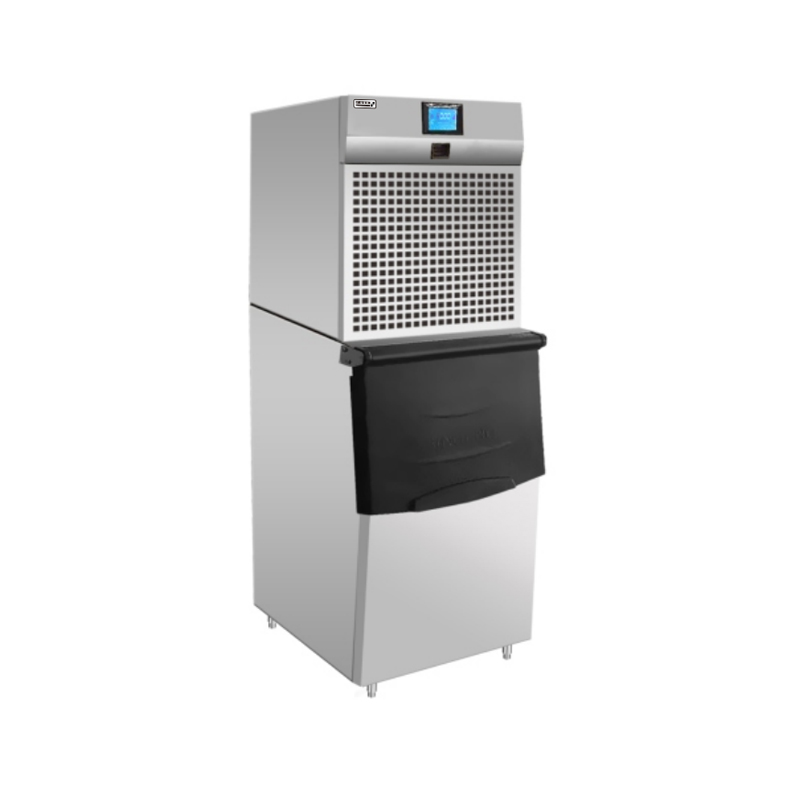2025-07-23
Why is my commercial refrigerator not cooling properly?
When your food service refrigerator or industrial chiller fails to maintain its set temperature, it's often due to one of several common problems. Pinpointing the exact cause requires a bit of detective work, but understanding the usual suspects can help you get to the bottom of it.
1. Dirty Condenser Coils
This is perhaps the most frequent culprit. The condenser coils are responsible for dissipating heat from the refrigerant. If they become covered in dust, dirt, and grease – a common occurrence in busy commercial kitchens – they can't efficiently release heat. This forces the compressor to work harder, leading to higher temperatures inside the cabinet and increased energy consumption.
-
Symptoms: The unit runs constantly, makes unusual noises, or the back of the unit feels excessively hot.
-
Solution: Regularly clean the condenser coils. This often involves using a stiff brush and a vacuum cleaner. For heavily soiled coils, a degreaser might be necessary. Always unplug the unit before cleaning.
2. Evaporator Coil Issues
The evaporator coil, located inside the refrigerated compartment, absorbs heat from the air. Problems can arise if:
-
Ice Buildup: A thick layer of ice on the evaporator coil prevents it from absorbing heat effectively. This can be caused by a faulty defrost heater, a malfunctioning defrost timer, or a bad defrost termination thermostat.
-
Dirty Coil: Like condenser coils, evaporator coils can also get dirty, reducing their efficiency.
-
Symptoms: Visible ice on the coils, warm spots inside the refrigerator, or a fan that seems to be running but isn't circulating cold air.
-
Solution: If it's an ice issue, you'll need to investigate the defrost system components. For general dirt, gentle cleaning (after defrosting) can help.
3. Fan Motor Malfunctions (Condenser or Evaporator)
Both the condenser fan and evaporator fan play crucial roles:
-
Condenser Fan: Moves air across the condenser coils to cool them down. If this fan isn't working, heat builds up.
-
Evaporator Fan: Circulates cold air throughout the refrigerator compartment, ensuring even cooling. If this fan fails, you'll have warm spots or an overall warm interior.
-
Symptoms: No airflow from the fans, unusual noises, or the fan blades not spinning.
-
Solution: Check for obstructions to the fan blades. If the motor is dead, it will need to be replaced by a qualified technician.
4. Low Refrigerant Levels
Refrigerant is the substance that absorbs and releases heat within the system. If your reach-in refrigerator or walk-in cooler is low on refrigerant, it likely indicates a leak in the sealed system. Low refrigerant means the system can't efficiently transfer heat, leading to poor cooling.
-
Symptoms: The compressor runs continuously but the unit never gets cold enough, or the evaporator coils may only be partially frosted.
-
Solution: This is a job for a certified HVAC/R technician. They will need to locate and repair the leak, then recharge the system with the appropriate refrigerant.
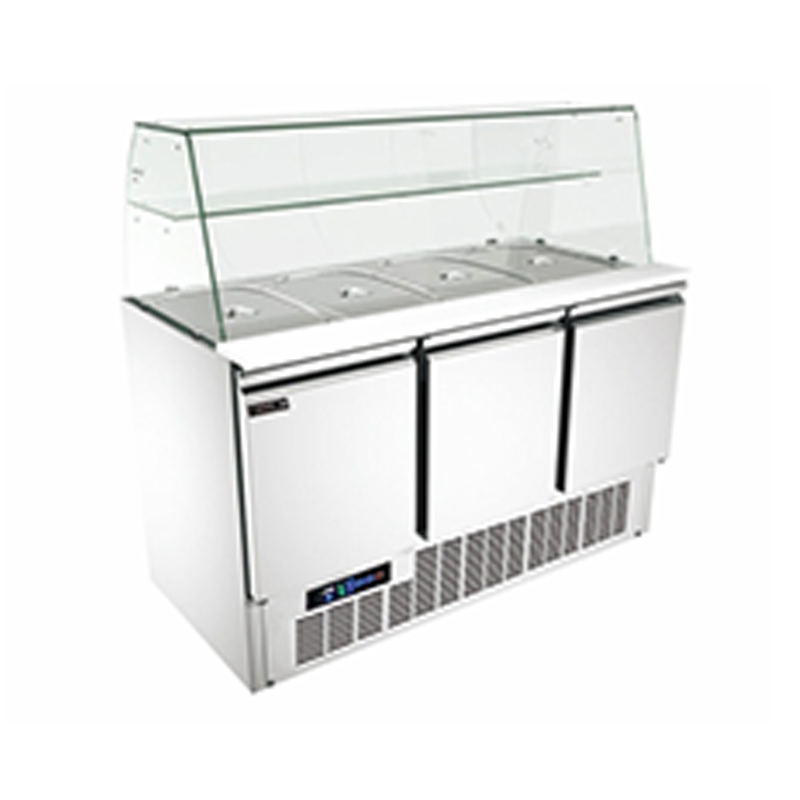
5. Faulty Thermostat or Temperature Controls
The thermostat tells your professional refrigerator when to turn on and off to maintain the desired temperature. If it's faulty, it might not be accurately reading the internal temperature or sending the correct signals to the compressor.
-
Symptoms: The unit cycles erratically, runs too long, or never seems to reach the set temperature despite other components appearing functional.
-
Solution: A technician can test and recalibrate or replace a faulty thermostat.
6. Door Seal Issues
Damaged or worn-out door gaskets (seals) allow cold air to escape and warm air to enter the commercial freezer or refrigerator, forcing the unit to work harder to maintain temperature.
-
Symptoms: Visible cracks or tears in the door seals, condensation around the door frame, or a noticeable draft when you put your hand near the seal.
-
Solution: Inspect the gaskets regularly. If damaged, they are typically easy to replace.
7. Compressor Problems
The compressor is the heart of the refrigeration system, pumping refrigerant through the coils. A failing or seized compressor will completely cripple the cooling ability of your catering refrigerator or display chiller.
-
Symptoms: The unit makes a loud clicking noise, hums but doesn't start, or the compressor simply doesn't run at all.
-
Solution: Compressor replacement is a complex and costly repair that requires a highly skilled technician.
When to Call a Professional
While some issues, like cleaning condenser coils or replacing door seals, can be handled with basic maintenance, many of the problems listed above require the expertise of a qualified commercial refrigeration technician. Attempting to repair complex components like compressors or dealing with refrigerant can be dangerous and may cause further damage to your industrial refrigeration equipment.
Regular preventative maintenance is key to avoiding these issues in the first place. Scheduling routine inspections and cleanings for your commercial cooling unit can extend its lifespan, improve efficiency, and prevent costly breakdowns. Don't wait until your refrigerated display case or prep table refrigerator completely stops cooling to address the problem!

 English
English русский
русский Español
Español عربى
عربى